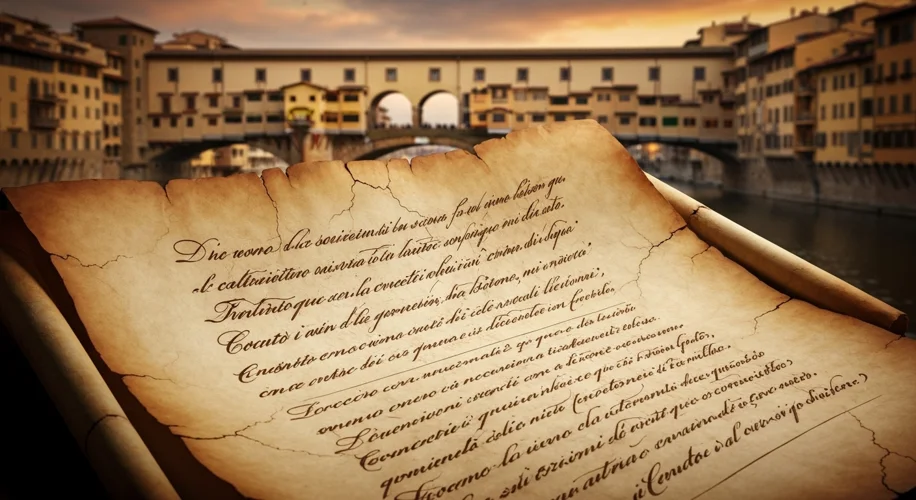In the heart of the Italian peninsula, a linguistic revolution was quietly brewing, not with swords and armies, but with quills and ink. For centuries, Italy was a mosaic of dialects, each region boasting its own unique tongue, a vibrant testament to its fragmented history. Yet, from this rich linguistic tapestry, one dialect emerged, destined to become the voice of an entire nation: Tuscan.

The story of standard Italian is inextricably linked to the flourishing city-state of Florence during the late Middle Ages and the Renaissance. While Roman Latin was the language of scholarship and the Church, the common people spoke in a myriad of vernaculars. Tuscany, and Florence in particular, possessed a unique advantage. Its burgeoning economic power, fueled by trade and banking, created a fertile ground for cultural exchange and artistic innovation.
The pivotal moment arrived with the advent of literary giants who chose to write not in Latin, but in their native Florentine dialect. Dante Alighieri, the visionary behind the “Divine Comedy” (written in the early 14th century), Petrarch, the celebrated poet, and Boccaccio, the master storyteller of the “Decameron,” were the unlikeliest of conquerors. They wielded their words like potent spells, crafting masterpieces that resonated with a beauty and power previously unheard in the vernacular.
Dante, in particular, recognized the potential of his Florentine tongue. In his treatise “De Vulgari Eloquentia,” he even pondered the ideal vernacular for poetry, but ultimately, his epic journey through Hell, Purgatory, and Paradise, rendered in the Tuscan dialect, became the de facto standard. His vivid descriptions, emotional depth, and profound theological explorations set a benchmark that inspired generations.
Petrarch, often called the “Father of the Renaissance,” further cemented the Florentine dialect’s prestige through his sonnets. His lyrical exploration of love and beauty, imbued with the elegant phrasing of Tuscan, became the model for love poetry across Europe. Boccaccio’s “Decameron,” a collection of witty and often bawdy tales, showcased the dialect’s versatility and its ability to capture the complexities of human life with remarkable clarity.
The influence of these “three crowns” – Dante, Petrarch, and Boccaccio – cannot be overstated. Their works were widely circulated, copied, and studied, not just within Tuscany but throughout the Italian peninsula and beyond. Florence, as a center of printing, also played a crucial role in disseminating these literary treasures in their original Tuscan form.
Furthermore, the political and cultural dominance of Florence during this era meant that its dialect was associated with prestige, wealth, and sophisticated culture. Merchants, diplomats, and scholars from other regions of Italy were exposed to and often adopted the Florentine way of speaking.
However, the path to standardization was not without its challenges. Other powerful Italian city-states, like Venice and Naples, had their own rich literary traditions and dialects. Debates raged for centuries about which vernacular should form the basis of a unified Italian language. Pietro Bembo, a prominent humanist and cardinal in the 16th century, championed the Florentine of Petrarch and Boccaccio as the superior model, further solidifying its position.
The unification of Italy in the 19th century provided the final impetus. As a new nation emerged, the need for a common language became paramount for administration, education, and national identity. Tuscan, already the literary and cultural standard, was adopted as the official Italian language. Regional dialects persisted, of course, and many still do today, but standard Italian, the language spoken by millions, owes its very existence to the linguistic genius and cultural output of 14th-century Florence.
Thus, the rise of standard Italian is a powerful reminder that language is not merely a tool for communication, but a carrier of culture, history, and identity. The echoes of Dante’s powerful verses and Petrarch’s delicate sonnets still resonate today, a testament to the enduring legacy of the Tuscan tongue.

